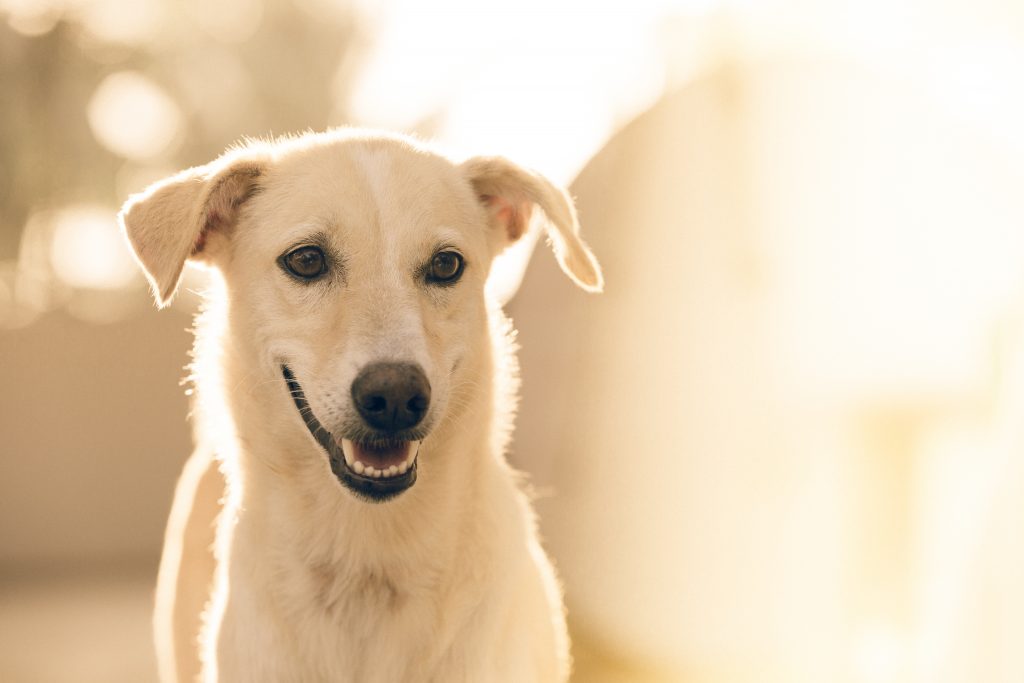
Did you know that February is officially National Pet Dental Health Month? In honour of this, we wanted to share some tips to help pet Guardians learn how to take of their pet’s teeth!
Healthy teeth and gums are very important to your pet’s overall health and well-being — just like with humans. Without preventative measures, such as regular cleaning and visits to the vet, our pets can end up with excessive plaque and tartar buildup on their teeth. If not addressed this can lead to periodontal disease — an irreversible condition that can be very painful for your pet.
First things first – how much do you really know about your pet’s dental health? The American Veterinary Medical Association (AVMA) has a great survey you can take to see where you are at and if there is anything you need to learn – check it out here!
What are the symptoms of oral health problems?
If you notice any of these issues, or have any concerns, please contact your vet.
How To Brush Your Pet’s Teeth
This video from the AVMA has easy instructions on how to properly clean your pet’s teeth.
Note: It is very important to not use human toothpaste on our fur children as it can be harmful if swallowed. Use a vet recommended toothpaste that is made with pet safe ingredients and flavours that pets will enjoy more than mint.
Do you have any questions about dental hygiene for pets? Reach out today and we’ll get our Panel of Experts to answer.
Sources:
The content on this website is for informational purposes only and is not intended to be a substitute for professional veterinary medical advice, diagnosis or treatment.